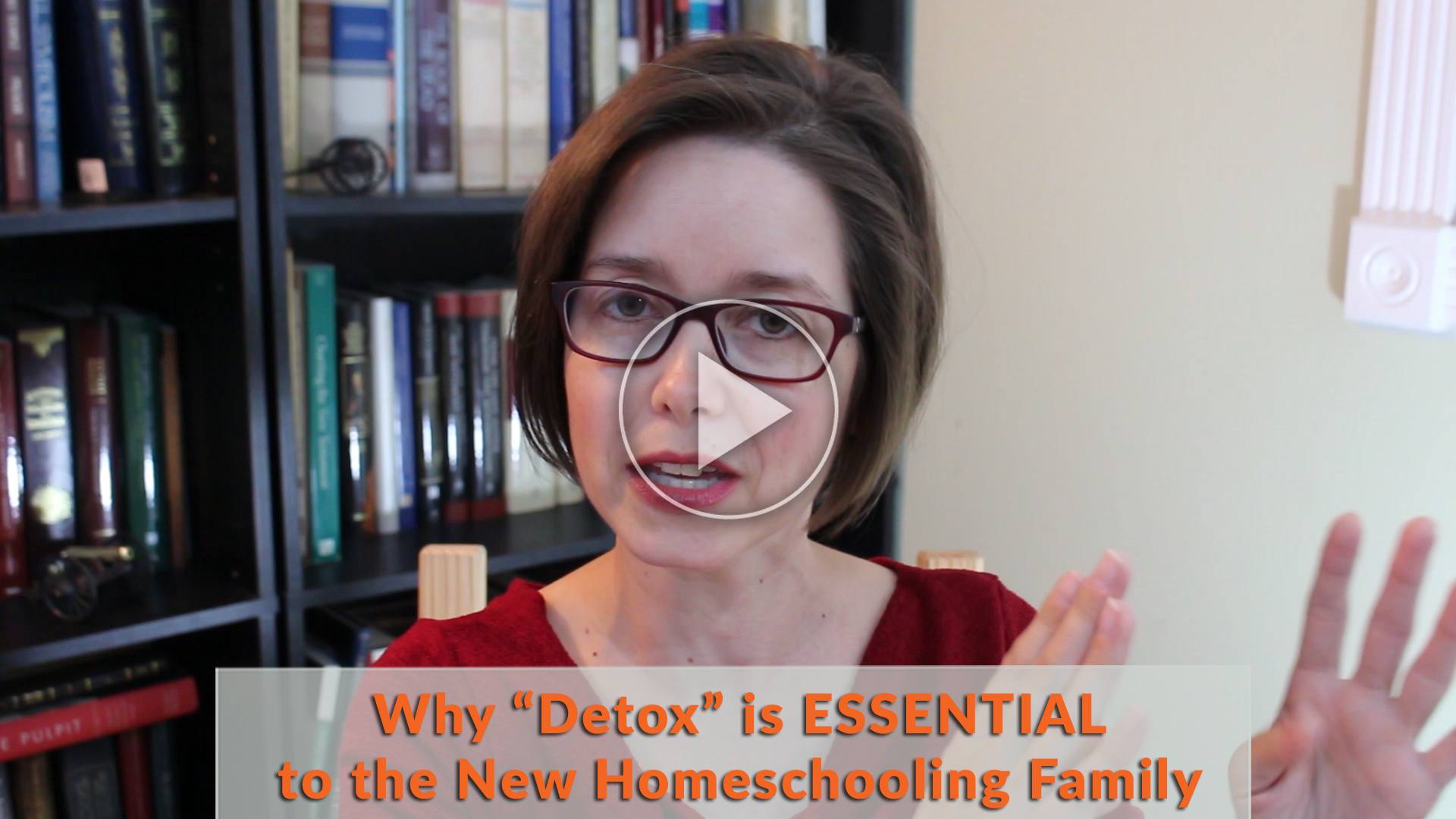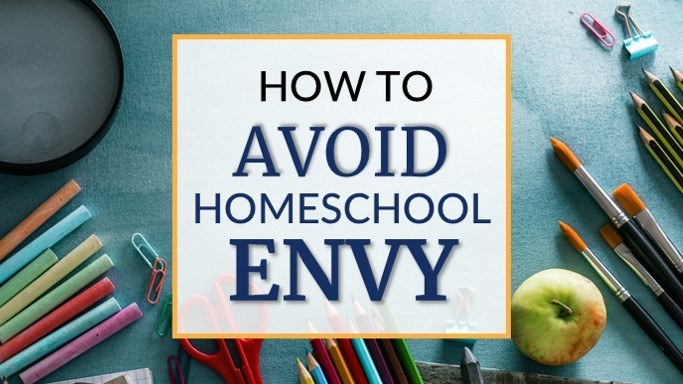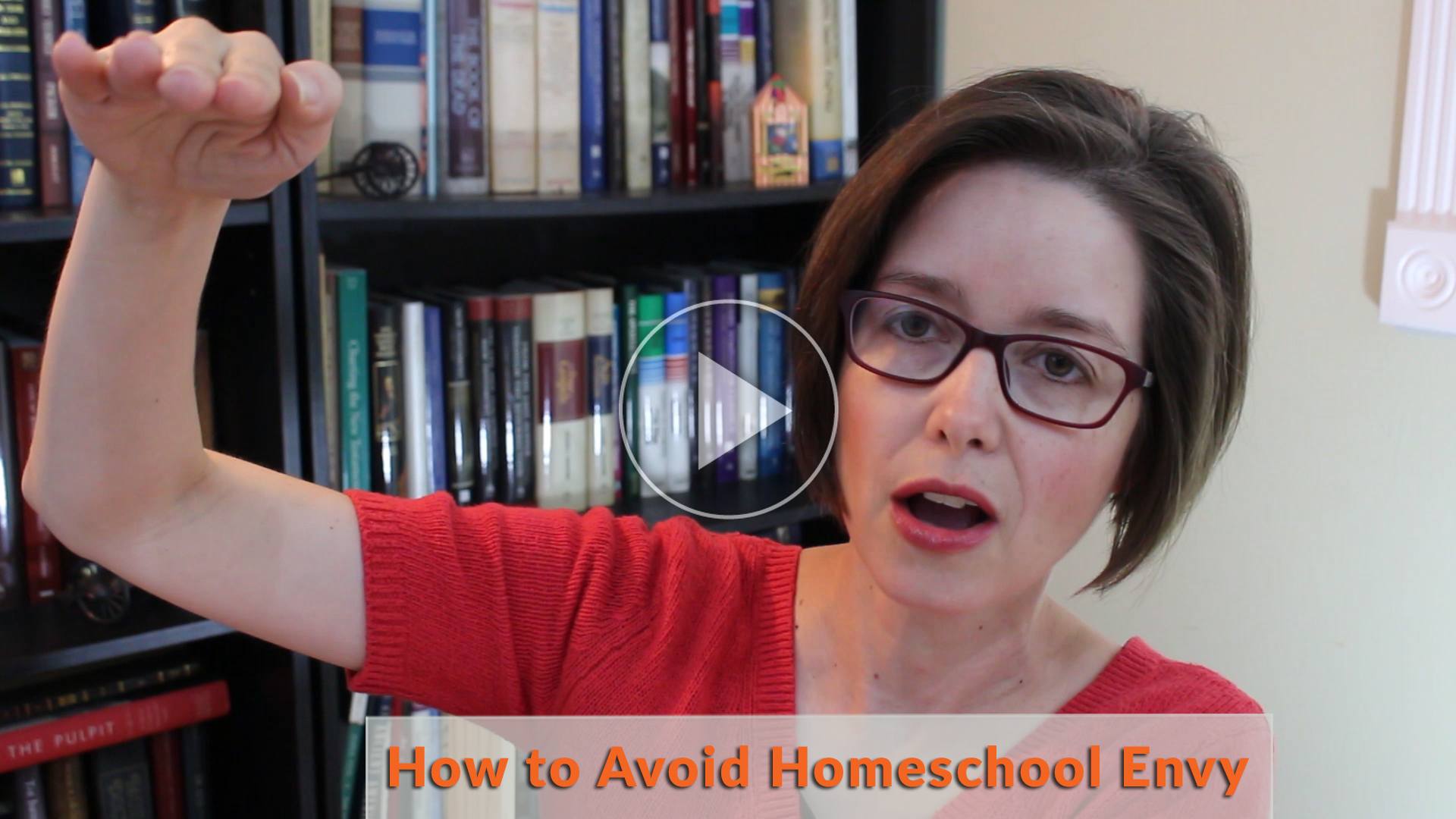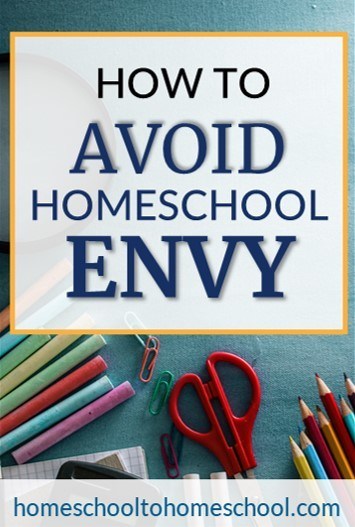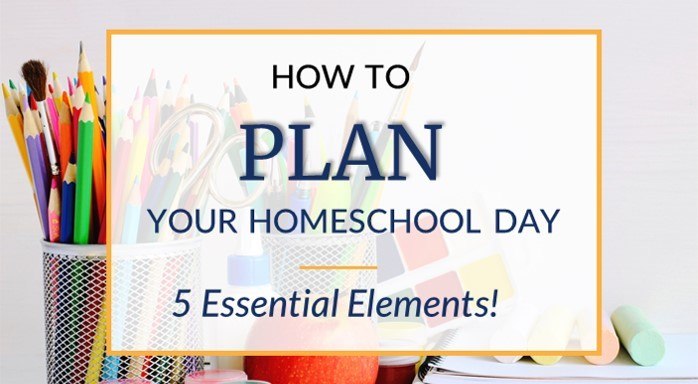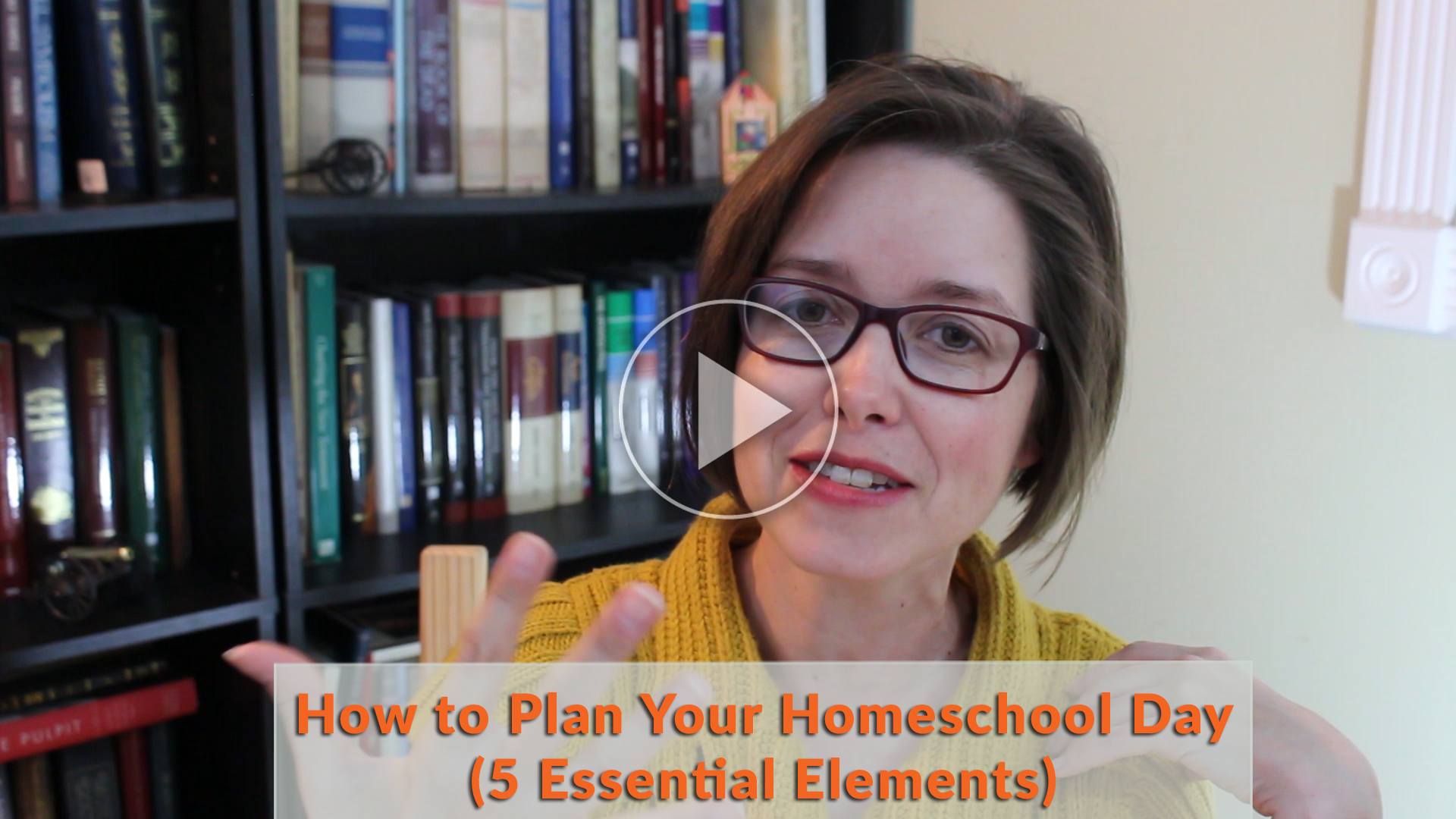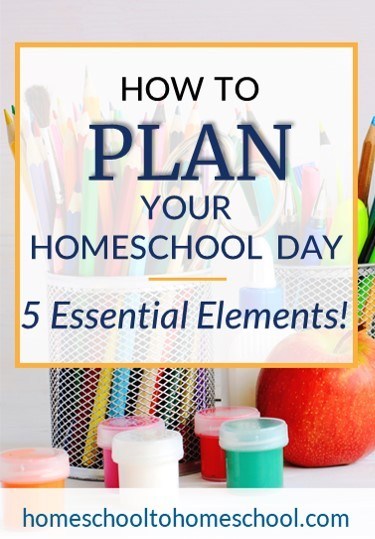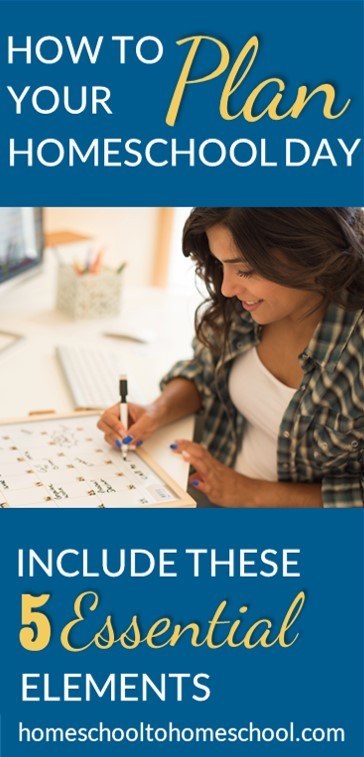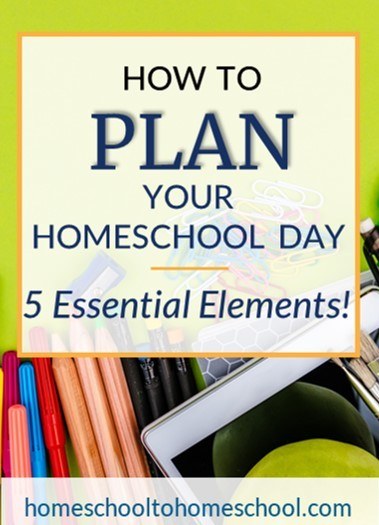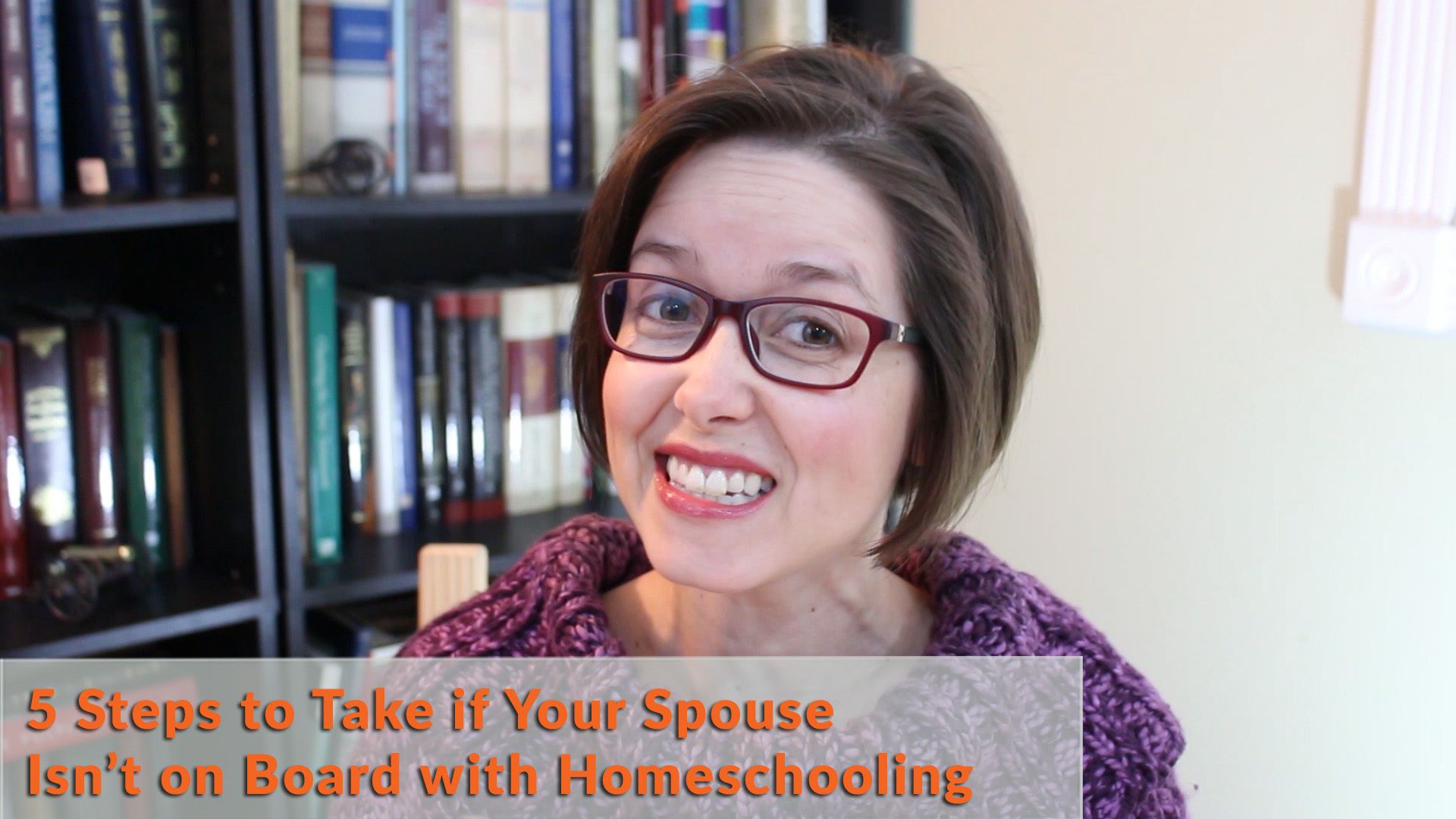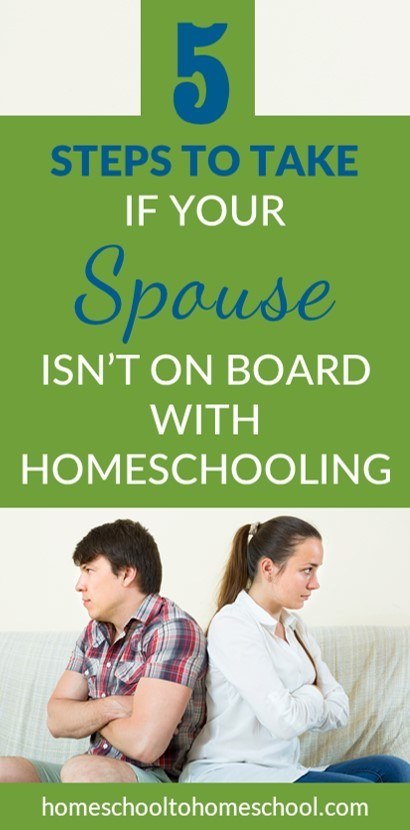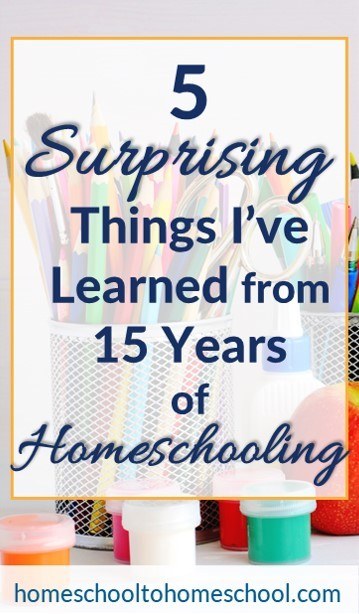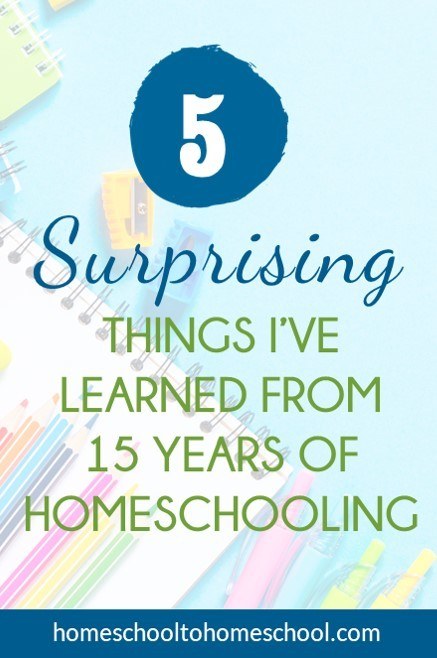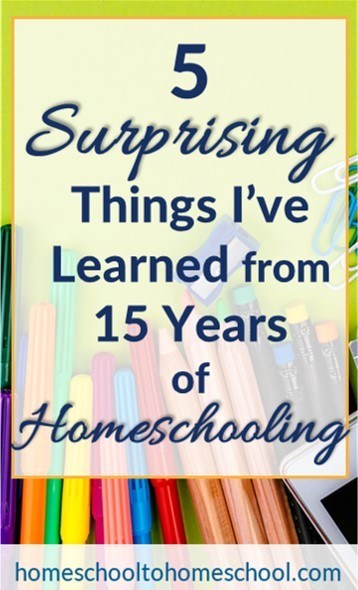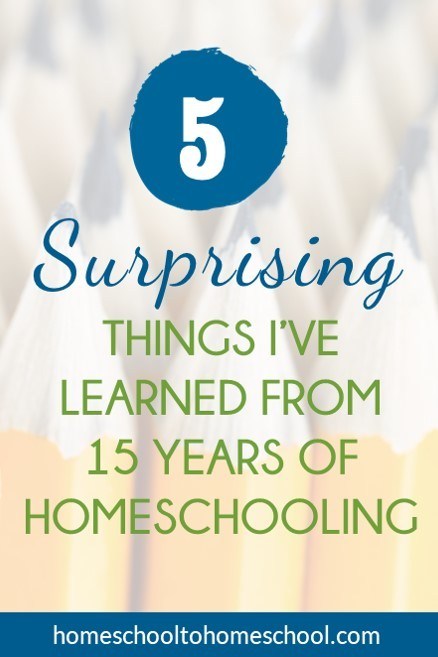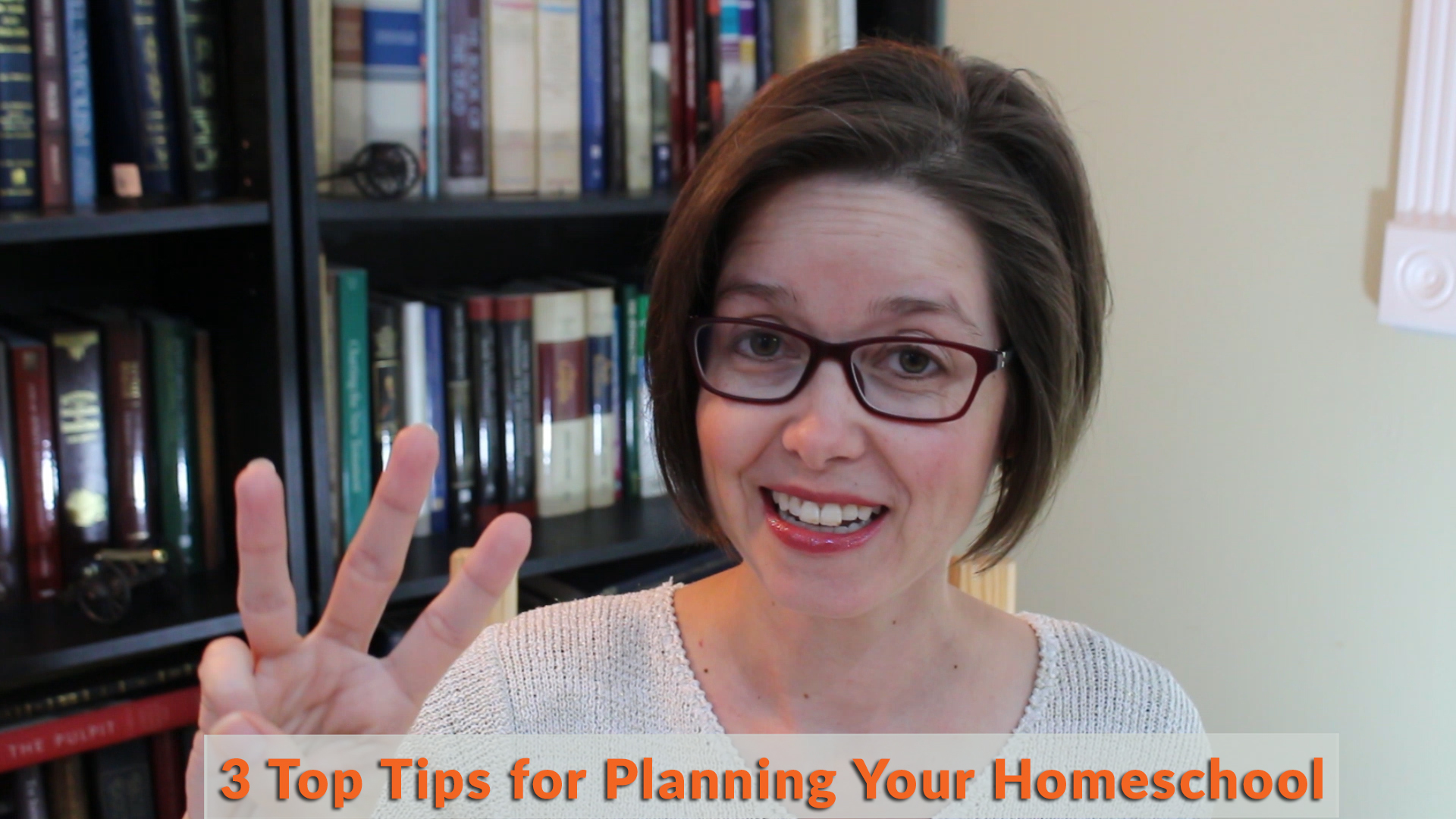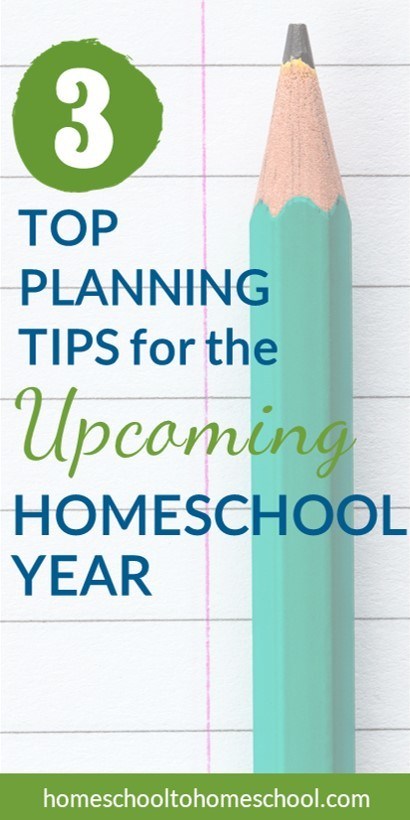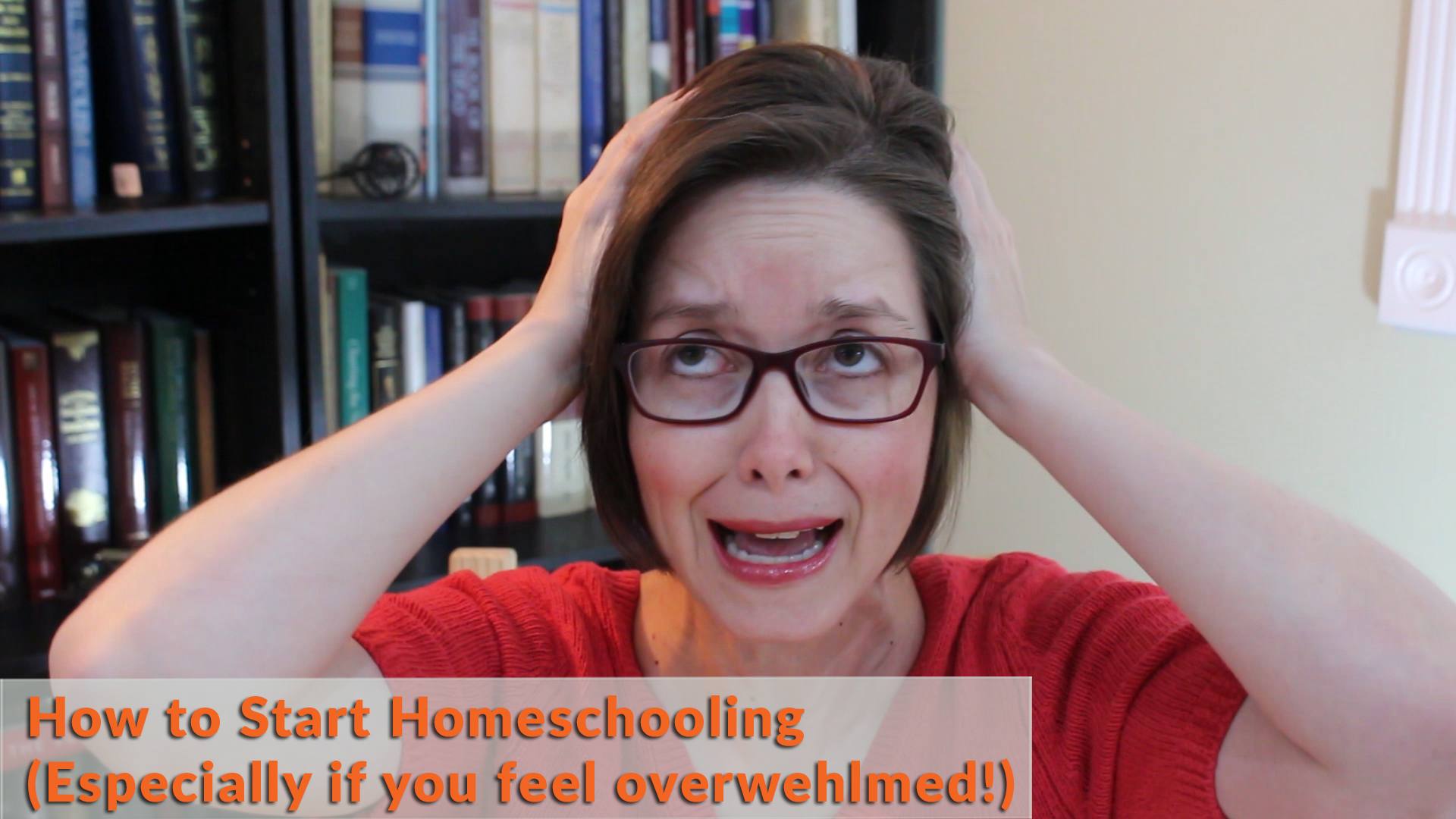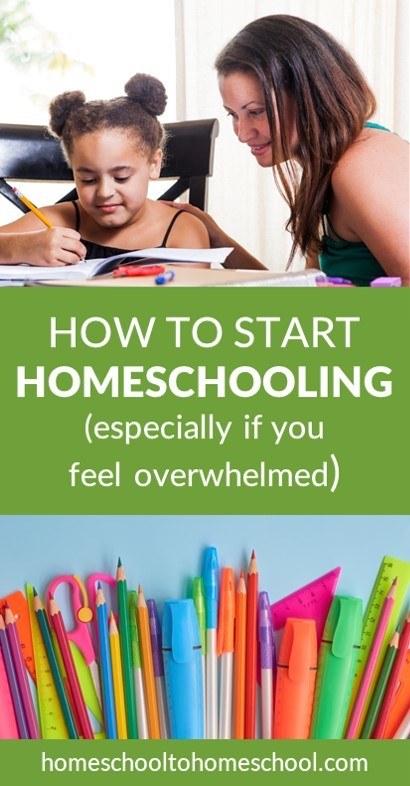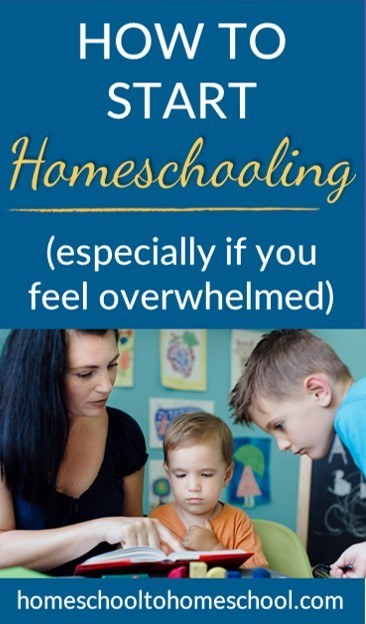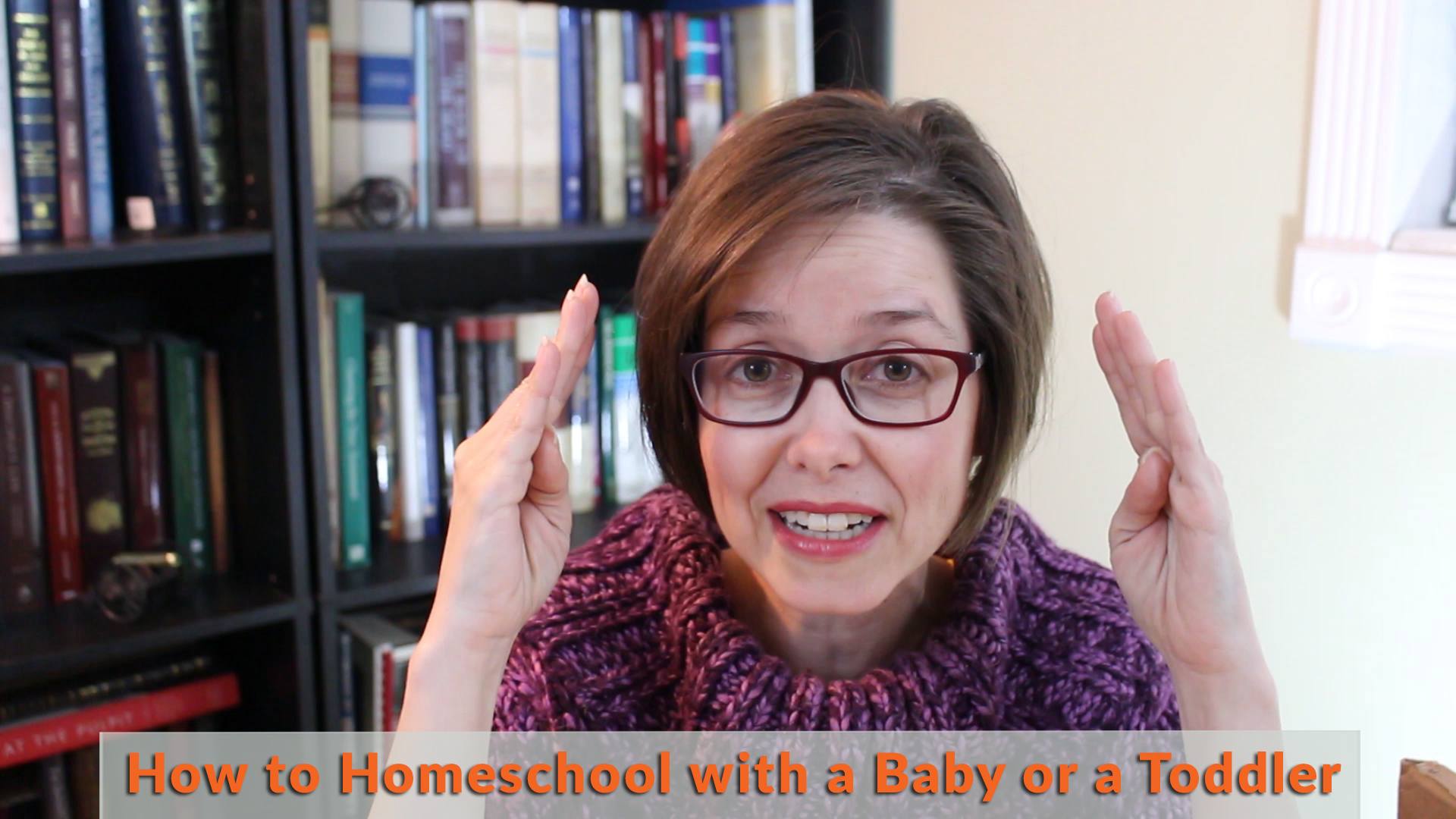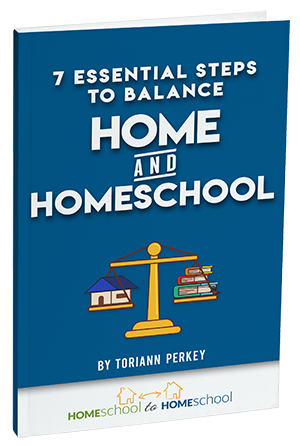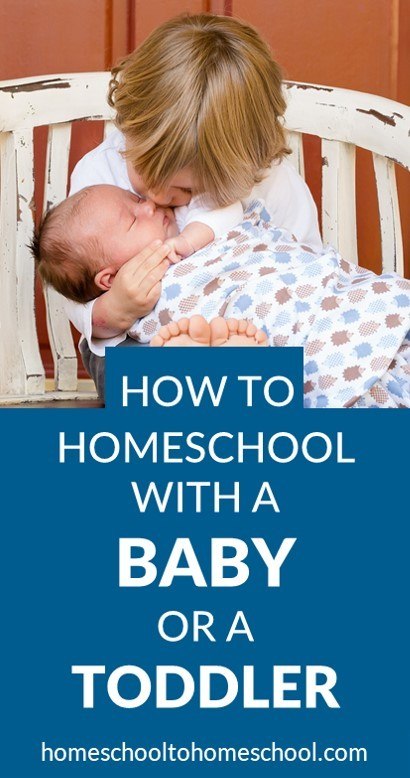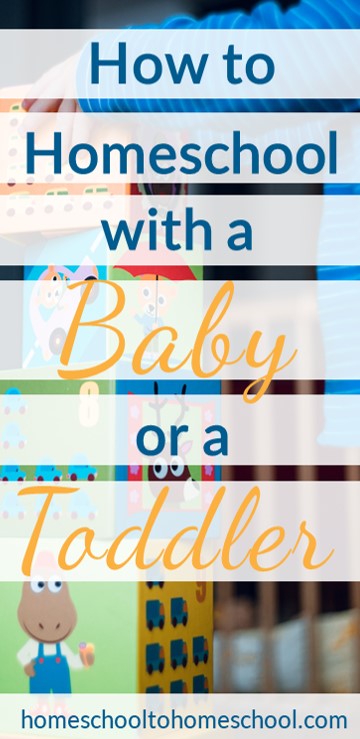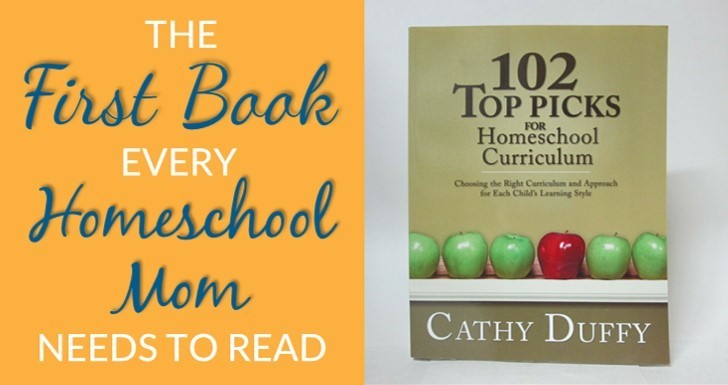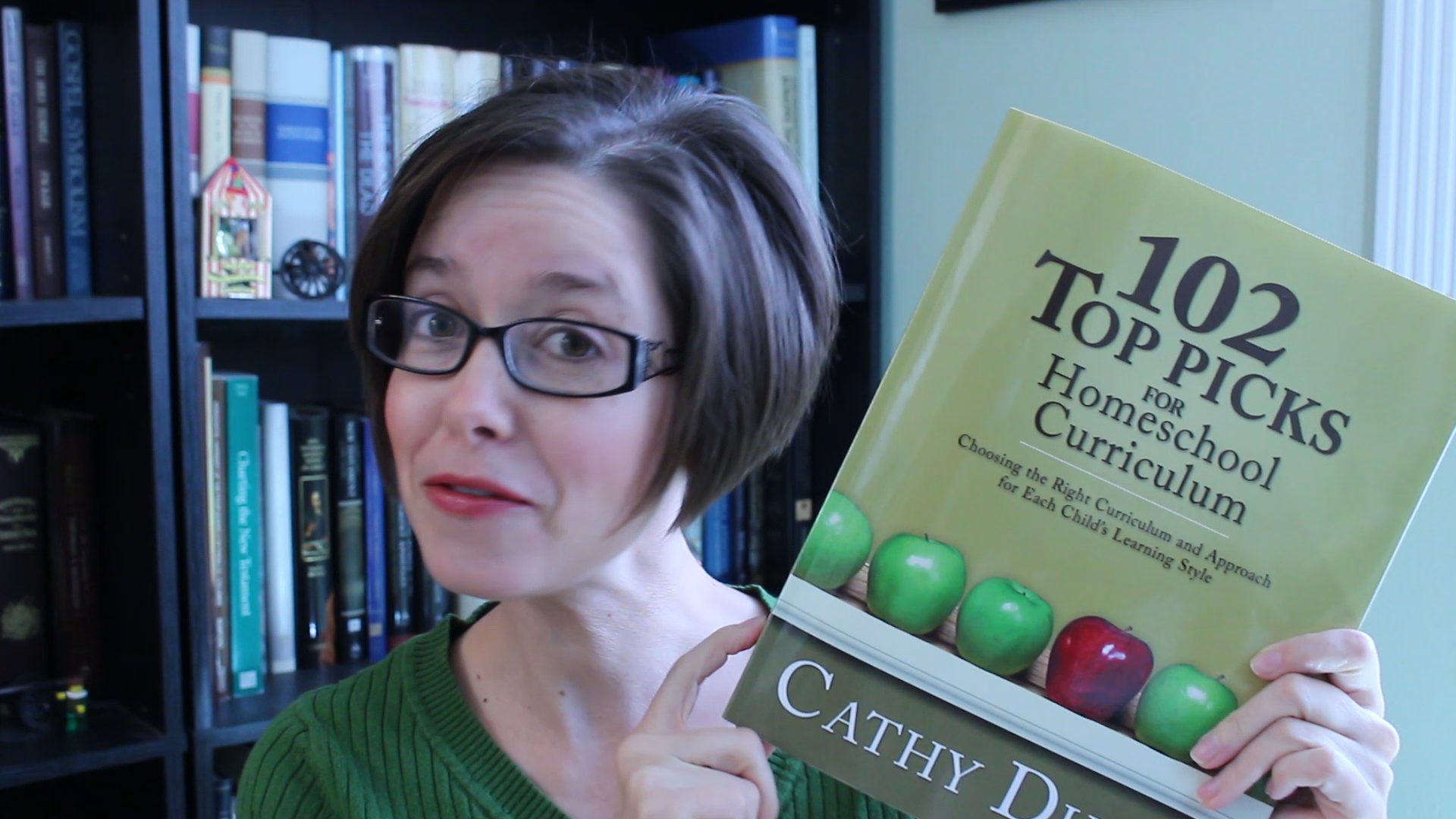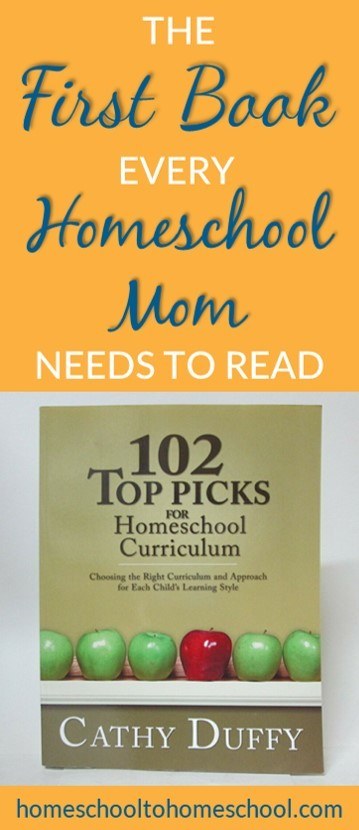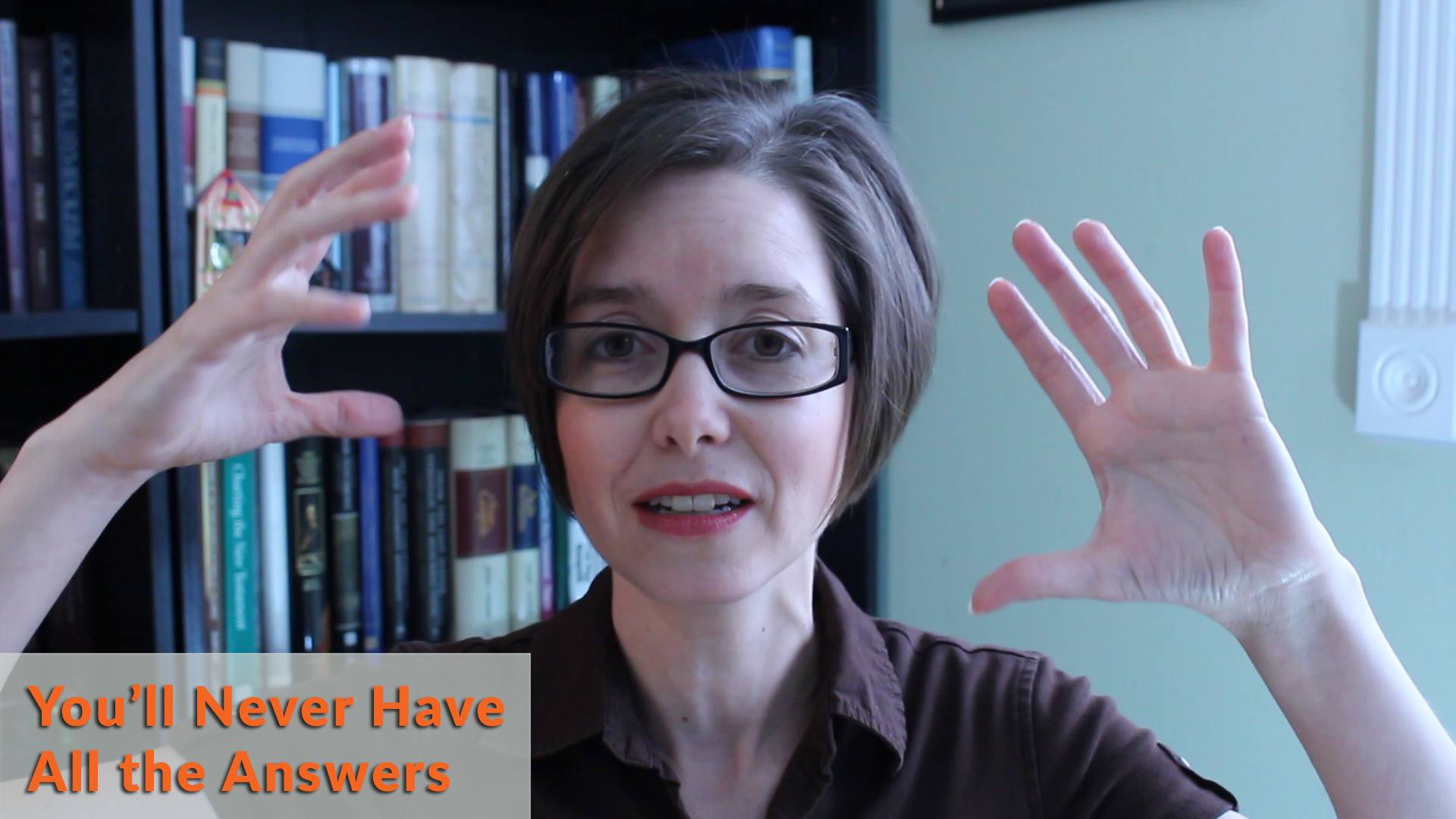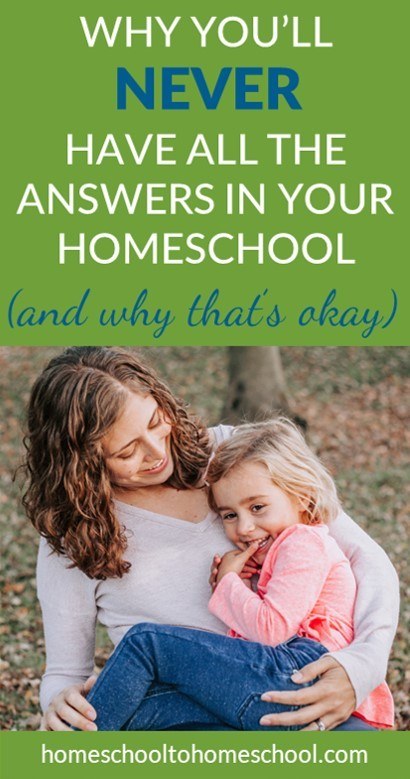OR
Gathered blissfully around the table, working through their assignments and asking deep, engaging questions.
And maybe that’s happening for you …
OR maybe you’re finding that many of the issues that showed up during homework time are now showing up during school time.
Why is that?
Because your kid -- your lovely, delightful, beautiful kid who you are so excited to homeschool -- is still carrying all their baggage and issues about learning from their time at public school.
It might be a little baggage -- but it also might be a lot.
It might be directly related to a certain subject. But it might also be related to learning in general.
Regardless, when you are choosing to homeschool, you are choosing a different way of doing things.
That “different way” requires that your kids and you learn a different way of thinking. And it means you all need time to adjust.
In the homeschool world, we call this “detox” or “deschooling.”
What does it mean to deschool or detox?
Check out this video to learn all about deschooling and get several deschooling ideas.
Want to keep reading instead of watch? Scroll to read a transcript of the video.
Ready to feel Confident and Successful as you homeschool?
Register below to watch my FREE CLASS
Confident Homeschool Secrets
7 Ways to Create a Homeschool That Works (and you LOVE!)
Transcript
Hello, my name is ToriAnn Perkey, and from my homeschool to your homeschool, today I want to talk about how to successfully transition your kids from public schooling to homeschooling.
And this is something that a lot of new homeschool moms have to do. You started your kids out in public school and for whatever reason you decided it's time to bring them home. Maybe it's just one kid, maybe it's the entire family. I'm going to talk about some ways that you can think about this so that the transition can be just a little bit smoother.
So first of all, I just know that this transition is not always a smooth ride. It can be bumpy. There's a lot of differences between public school and homeschool, and understanding and appreciating those differences will help you make this transition a little bit better.
You know, public school is very structured. It's very clear that the kids show up at a certain time. They go from point A to point B to point C. They're very directed. You as the mom are more of a support system at home. You're trying to help support with homework. You're trying to help support with projects. But you don't have a lot of say. And for whatever reason, you no longer like that environment.
But when you bring the kids home, the challenge is your kids only know that environment, and you only know that environment. And so ... and probably you're coming from a public school experience yourself. Not everyone. Sometimes you've been homeschooled, but most people who are homeschooling have been public schooled themselves.
I was like that. I never was homeschooled. I only homeschooled my kids, and I've now been doing it for, you know, over 15 years. But when I started I didn't have any frame of reference in mind except for what public school looked like, which was sitting in a desk and being given an assignment with a teacher talking up front.
So one of the first things you can do to help this transition is to recognize that your homeschool will look significantly different than your public school experience. It's not ...don't try to make it look the same. If you do, you'll burn out.
You want your homeschool to look different. You want it to be more organic. You want it to feel like part of ... like an extension of your actual home rather than trying to duplicate school at home. So that's one of the things that I recommend is recognizing that it's different and allowing that home environment to feel more like a home environment and less like public school at home.
Another thing to recognize is that a lot of kids coming from the public school environment are coming out of that with some kind of trauma, big or little. That's probably ... that's often the reason why you're choosing to homeschool. Maybe they've been bullied. Maybe they were struggling in a subject or many subjects. Maybe they -- you recognized that they weren't getting the right kind of attention, that they were smart kids at home, but at school they didn't feel successful because of the way the content was given or the other aspects of that environment. Maybe they have special needs that makes not the learning part hard, but the social interaction or something else, whatever that is.
If a child has not had a perfect experience, and no child has, they're going to need time to adjust. They're going to need time to process and work through the things that they have been through. And so recognizing that means giving time for that to happen.
One of the things that we call that is "detox." To detox from the public school environment -- to relearn how to be at home.
And there's a lot of things that a homeschool kid and a homeschool mom have to learn when you come home. Often these public school kids have to learn how to like actual learning again. Because they aren't forced all the time, they can learn the things that they want to.
Sometimes they have to relearn how to be open and feel safe. Sometimes they have to learn how to interact with material that is actually working for them and to not immediately shut down when you mention a certain subject.
You also have to learn and relearn how to be a mom and a teacher and a student and a child. You're adding different roles in relationships. And so it takes time to make that transition. And when they're coming out of an environment where they have maybe experienced some trauma, they need time to adjust to all of these new things, relearn these things and step into these new roles. So that's another aspect of being aware of that -- will give you time.
Now there's a formula that gets sort of tossed around in the homeschool community. I do not know where it came from, but it seems to hold pretty true, which is for every year that your child was in public school, they will probably need about one month of detox time.
Now what does detox look like? Well, detox doesn't mean doing nothing. Most of the time it means being actively engaged in something, but it may mean not actively engaged in any schoolwork. You may need a child ... may need to spend a lot of time in nature. A detox time may look like reading books on the couch. It may look like ... I knew one family that brought their kid home, and this child had struggled a lot in school. And so for an entire year this mom just had this kid ride horses, and then they just took off and everything was amazing.
Detox can look very individual, but it does mean allowing the child to really step into a place where they can own their education. You can own their education. And together you can figure out these other roles that you're going to play.
Another thing that I recommend is recognizing that learning about homeschooling takes time. You may have been planning this all along, but if you are stepping into this quickly, which can happen, right? One day you're like, "That's it. We're done. We're bringing them home."
You're going to need time to learn how to homeschool. And learning how to homeschool while they're detoxing is a really good match. So be patient with yourself as you're learning these different roles. Be patient as you're learning about curriculum and styles and personality and how to structure your day. Be patient with all of that.
Now, if that is where you are, then I would like to offer you a free class that I've put together. It's called Confident Homeschool Secrets. And I go through a lot of the things we just talked about, structuring a day, creating a vision for your homeschool, pitfalls to avoid. And it's completely free. You just have to click on the link up above or down below, you know, wherever you're watching this video, give me a little bit of information -- you know, name, email, --and I will send that to you, and you can watch it right away.
It's going to lay out how you build a successful foundation for your homeschool so you can feel confident as you step into this new journey that you are going on with your kids. So I'd like to offer that for free. Just click up above or down below.
And you know what? Welcome to the journey. Welcome to this. It is going to be fun and exciting. It will also be hard, but I promise it will be worth it.
I'm ToriAnn Perkey, and I make these videos every week so that you can be a successful and confident homeschool mom.
Save for later by pinning to your favorite Pinterest board!





